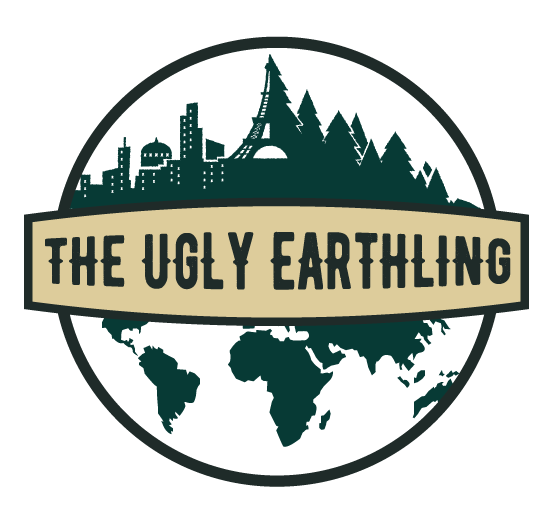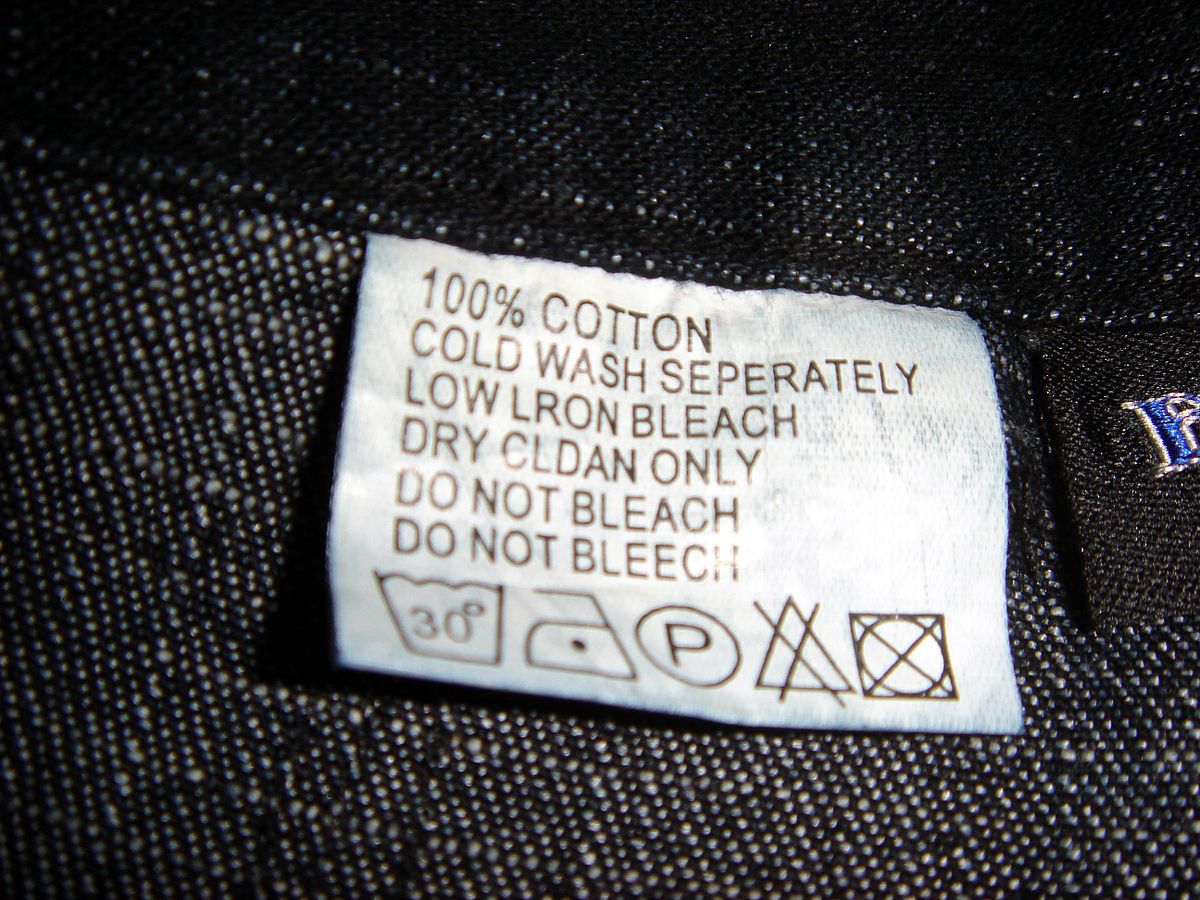We tend to give “100% cotton” a thumbs up when we see it on T-shirt tags. Intuitively, cotton feels better: it’s natural and socially associated with quality. Polyester, on the other hand, gets a thumbs down: it’s plastic, manufactured, uses fossil fuels, and tacky.
These intuitive judgments are part of why I’ve been scoffing at “organic cotton” signs popping up in hip shops recently. Assuming cotton’s already a healthy textile, I figured these stores were just trying to sell trends with the buzzword scam.
But in the era of industrial agriculture, the binary between “natural/good” and “manufactured/bad” has fallen apart completely. A cotton tee might actually be responsible for much worse human and environmental damage than its polyester alternative.
Your 100% Cotton T-Shirt
According to the World Wildlife Federation (WWF), it takes 20,000 liters of water to produce a kilogram of cotton—about as much as a T-shirt and pair of jeans. If we follow the advice of nutritionists that suggest we drink 2 liters of water a day (though most people drink less), that’s enough water to provide 10,000 needy people with a day’s worth of fresh water, or one person for more than 25 years.
The Environmental Justice Foundation has reported that cotton farmers’ over-exploitation of the Aral Sea in Central Asia (once the fourth-largest inland sea in the world) has resulted in its shrinking to a mere 5-10% of its former size. This has caused increased salinity, decimating aquatic life almost entirely. Uzbekistan, a neighboring country responsible for a huge percentage of the Aral Sea drainage, is now one of the only nations in the world that has experienced decreased access to fresh water over the course of the last generation.
Cotton has also been accused of being the “dirtiest” agricultural crop due to its extremely heavy use of acutely toxic chemicals. Though cotton accounts for only 2.4 of global cropland, it is responsible for the use of 11% and 24% of pesticides and insecticides, respectively. This means that, in addition to the 20,000 liters of fresh water used by cotton farms for irrigation, toxic chemical runoff poisons additional water sources, including drinking water, as well as surrounding environments.
Recycled Polyester
In the last 20 years, companies like Patagonia have been producing clothing by recycling plastic bottles that would otherwise sit in landfills or pollute the ocean. Furthermore, Patagonia has partnered with ECOCIRCLE, designed by a Japanese progressive clothing manufacturer. The company recycles Patagonia garments into new clothes, creating a closed circle of production that is far more efficient and eco-friendly than creating “virgin” polyester or cotton clothes.
Patagonia compiled a report which estimates that, even accounting for consumers mailing clothing to Japan, the recycling process uses 76% less energy and produces 71% less CO2 than virgin production. The process also boasts up to 90% efficiency, creating minimal waste throughout the cycle.
Cotton cannot be comparably recycled because its fibers break down, but if recycled cotton were combined with recycled polyester, we could potentially cease the destructive production of either material.
The Lesser Of Two Evils
A University of Delaware study analyzed the environmental impact of cotton versus recycled polyester based on three criteria: renewability of production, nonpolluting methods, and recyclability of the material. Recycled polyester was found to be more sustainable in all three categories, often by a long shot.
There are efforts in place like the Better Cotton Initiative that work towards growing “healthier cotton” by massively reducing water, pesticide, and chemical fertilizer use while increasing incomes by an average of 11%. And, as it turns out, organic cotton is probably the better alternative.
Industrial agriculture combined with a globalized economy have obliterated the intuitive moral binaries we are accustomed to. As the University of Delaware study shows, there are so many factors beyond the material that must considered before judging a product’s sustainability.
Manufactured isn’t always evil, and natural isn’t always good. As I discovered through my research into leather vs. pleather, it’s the “who,” “where,” and “how” of a product that often matter more than the “what.” Sometimes you just have to do some digging to find it.





